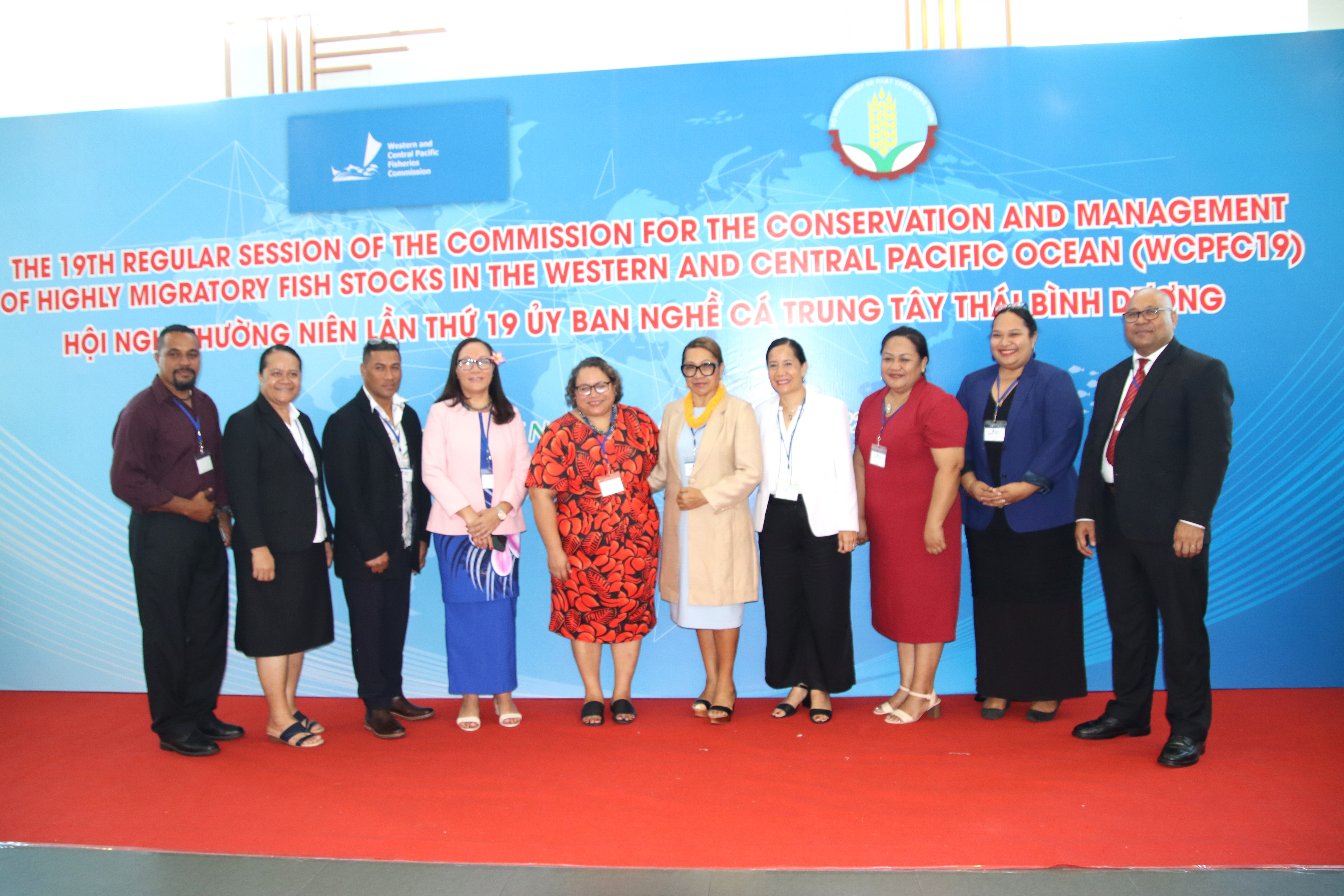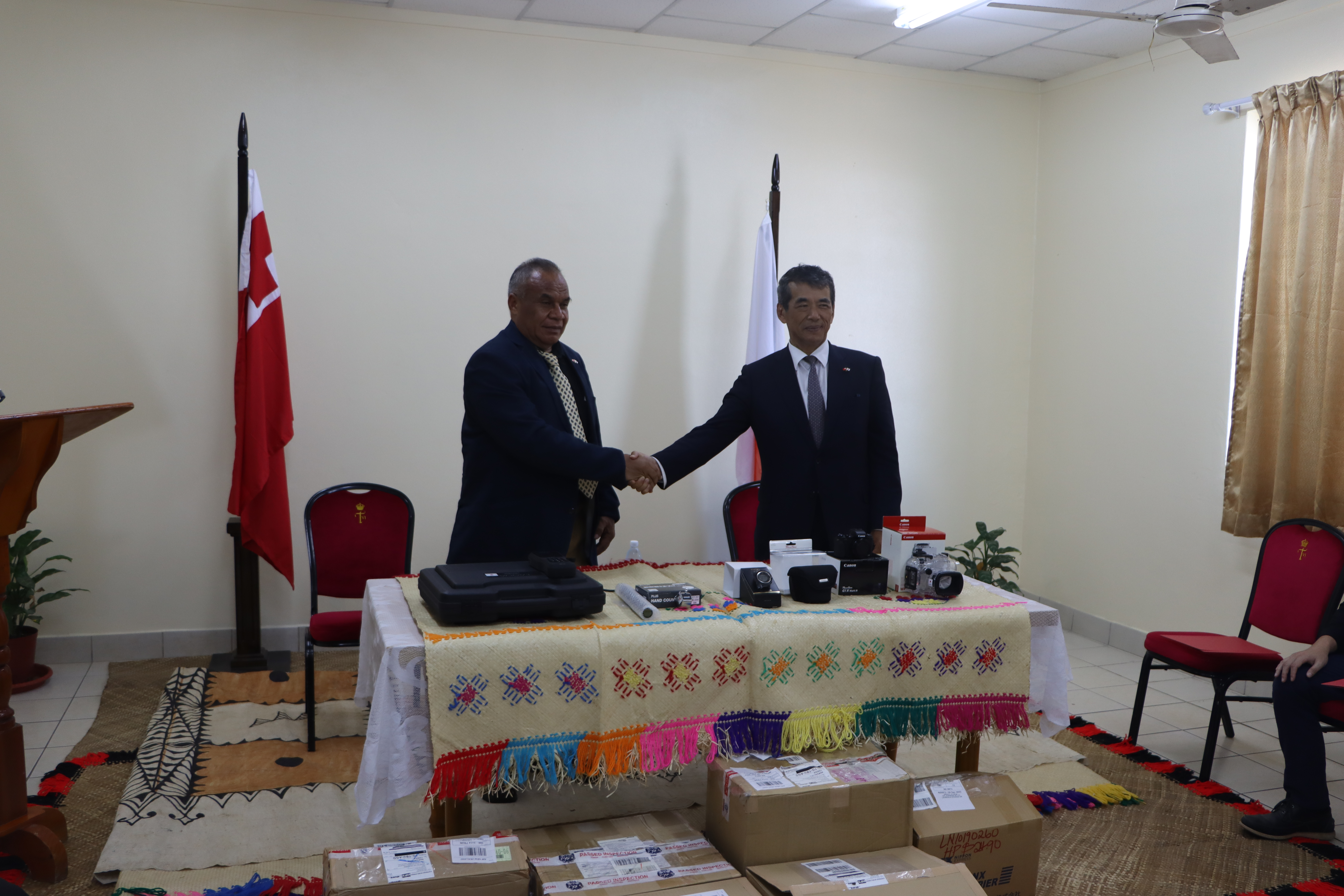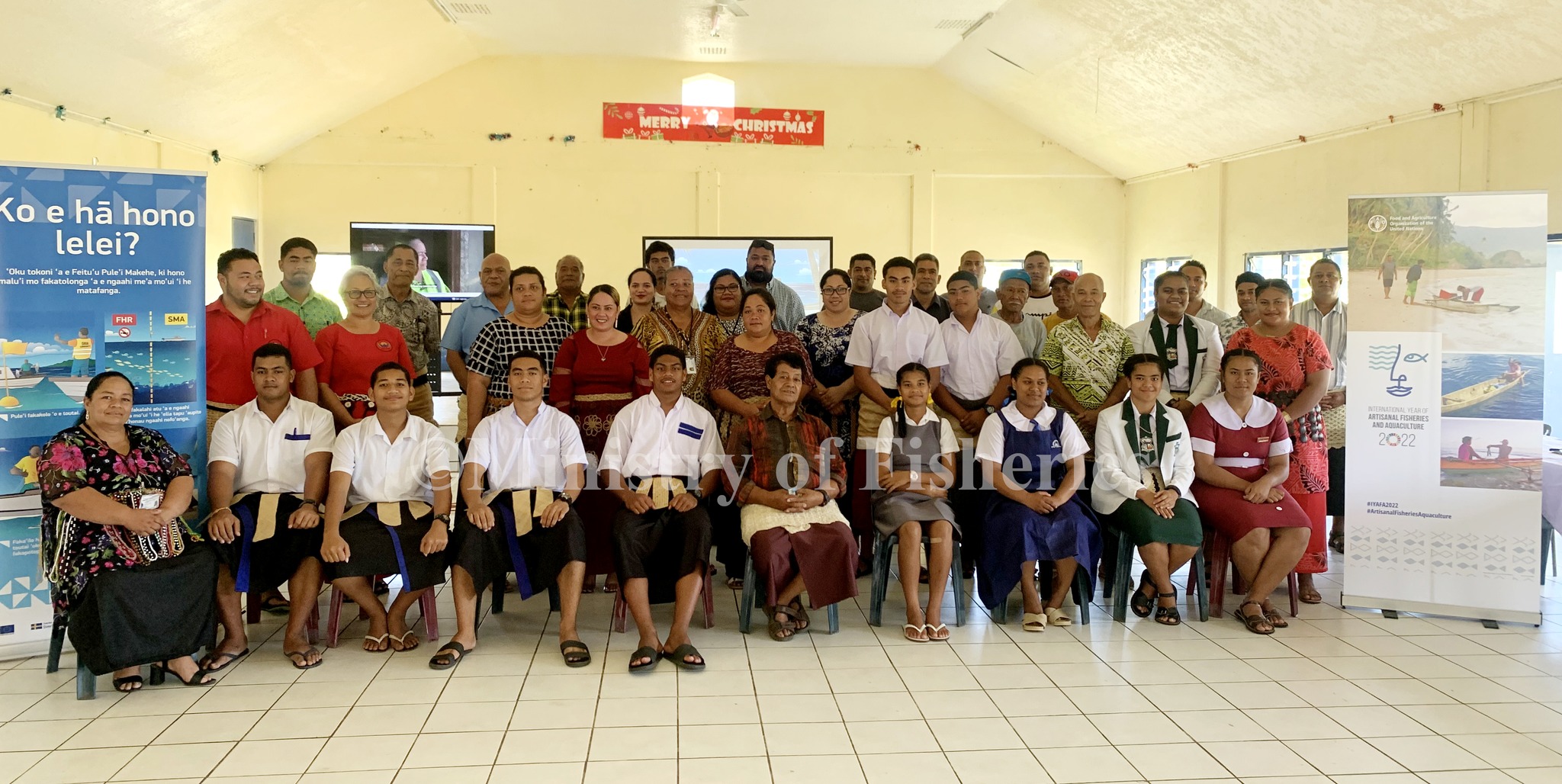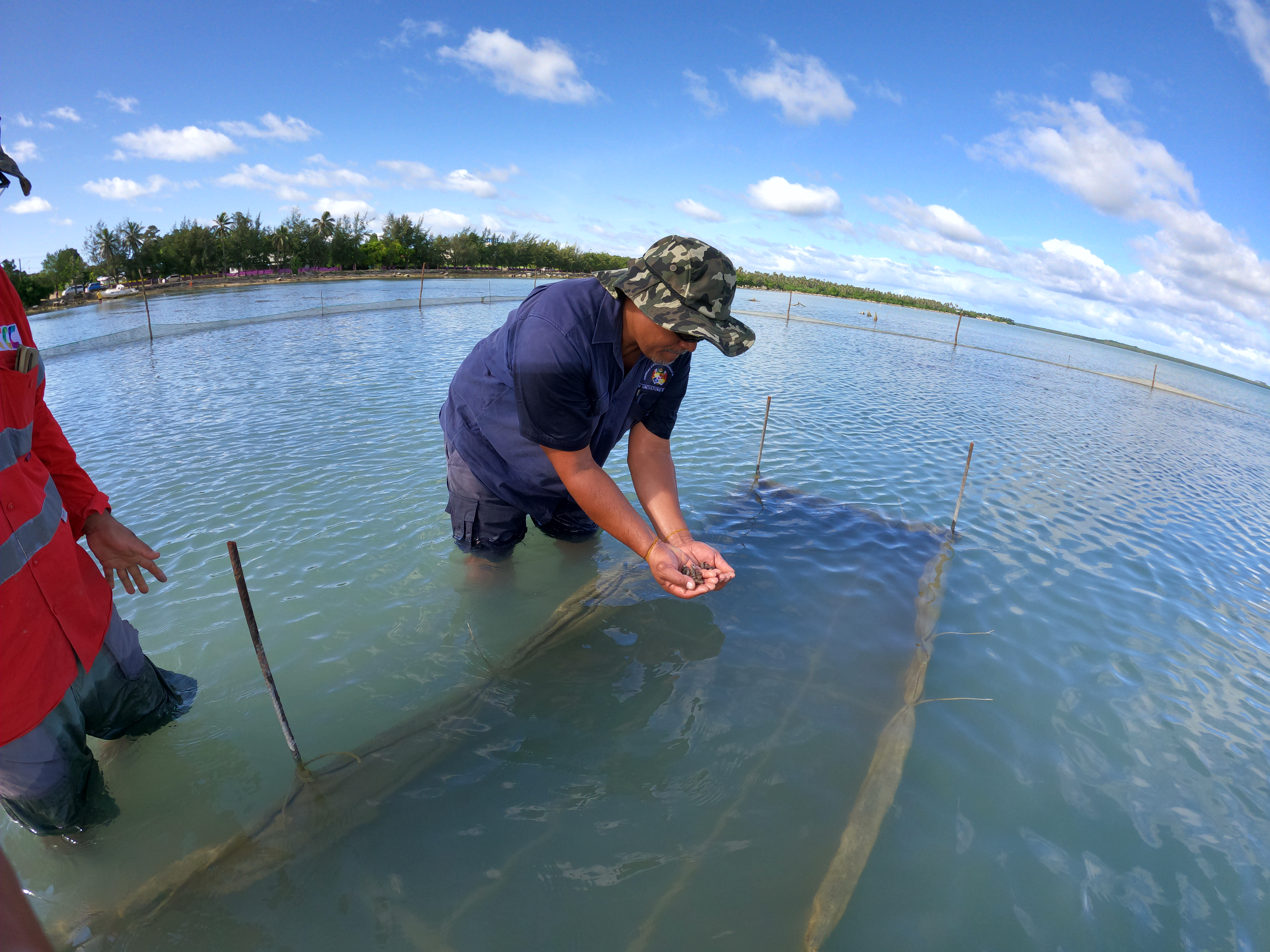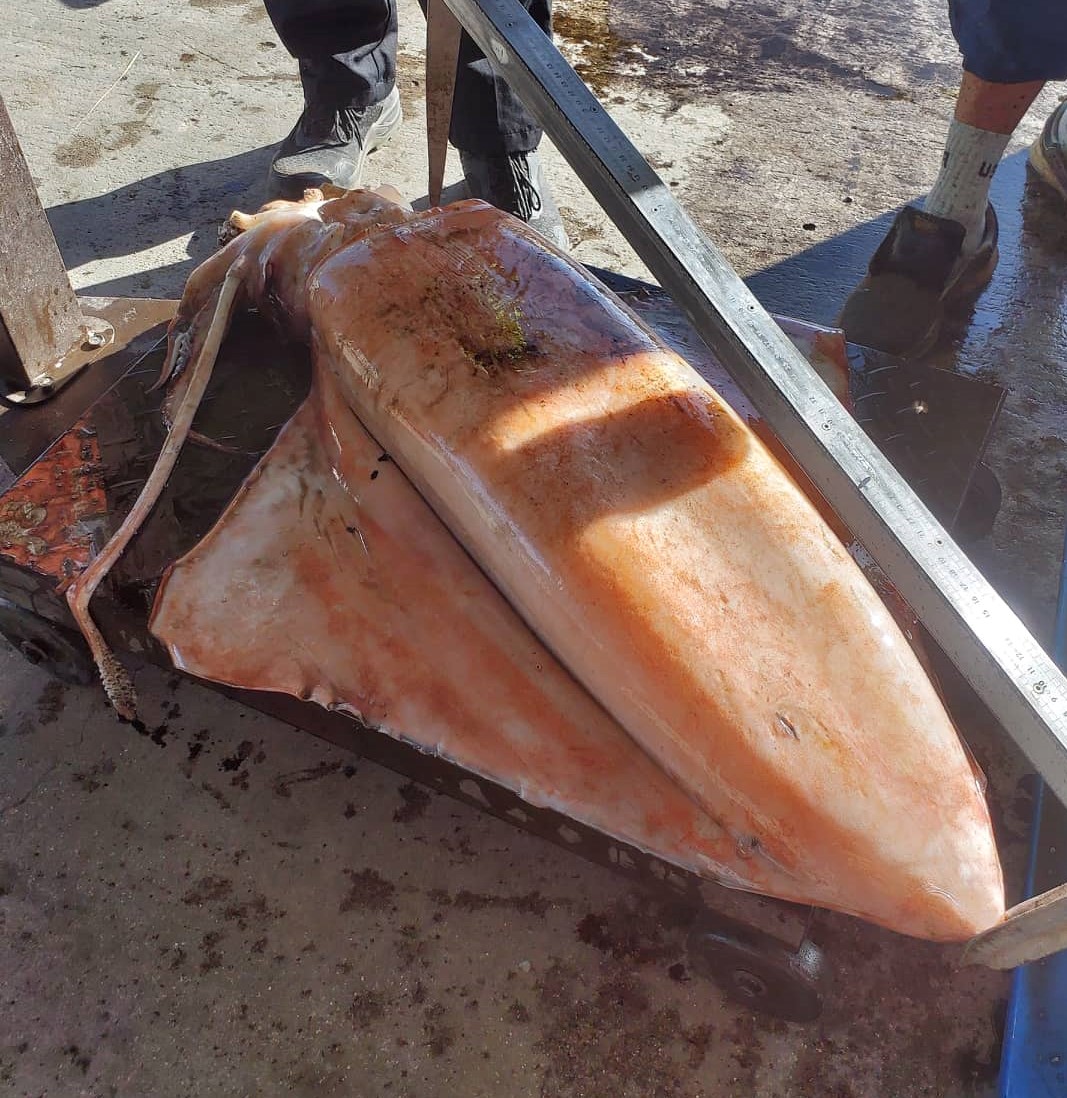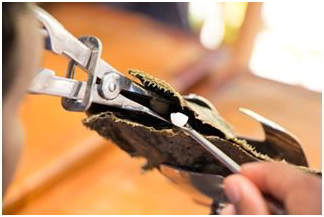
Over 200 oysters, grown locally on demonstration farms in Vava'u and on Pangaimotu, Fafa and Atata, have been seeded with nuclei during a series of workshops held by visiting expert Pranesh Kishore. They will spend the next 8 - 10 months in the demonstration farms producing around 600 half-pearls.
The project, funded by the Australian Centre for International Agricultural Research (ACIAR) and delivered in partnership with the Fisheries Division of the Ministry for Agriculture, Food, Forestry and Fisheries (MAFF), aims to revitalize and expand the pearl industry in Tonga by conducting applied research, supporting industry development and supplying hatchery raised juvenile pearl oysters to local pearl farms. So far this year the project has donated more than 30,000 pearl oysters to the farmers and is now assisting the industry to produce producing high quality pearls for local retail and export
Over 200 oysters, grown locally on demonstration farms in Vava'u and on Pangaimotu, Fafa and Atata, have been seeded with nuclei during a series of workshops held by visiting expert Pranesh Kishore. They will spend the next 8 - 10 months in the demonstration farms producing around 600 half-pearls.
The project, funded by the Australian Centre for International Agricultural Research (ACIAR) and delivered in partnership with the Fisheries Division of the Ministry for Agriculture, Food, Forestry and Fisheries (MAFF), aims to revitalize and expand the pearl industry in Tonga by conducting applied research, supporting industry development and supplying hatchery raised juvenile pearl oysters to local pearl farms. So far this year the project has donated more than 30,000 pearl oysters to the farmers and is now assisting the industry to produce producing high quality pearls for local retail and export.
According to Max Wingfield (Senior ACIAR Pearl Project Scientist) one of the goals of the project is to introduce pearl farming, and all of its associated benefits, to the main island group of Tongatapu. To help achieve this the project has recently established three demonstration pearl farms around Tongatapu and these farms have just implanted pearl nuclei into their first oysters under the expert supervision of the ACIAR team.
The project is expected to generate employment opportunities, particularly for women, across the supply chain for oyster farmers, artists and retailers.
1. The nucleus is then carefully placed inside the oyster shell. The oyster then covers the nuclei in mother of pearl, creating a half pearl.
Ensuring a high quality product is critically important in marketing and selling pearls. Pranesh's expertise and workshops with Tongan pearl farmers will ensure that Tongan pearls are known for their quality.
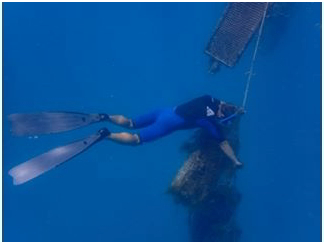
2. The oysters are then returned to the pearl lines for ten months where they will slowly form the half pearl.The second phase of the project will involve adding value to the half pearls by engraving and carving them into jewellery and handicrafts.
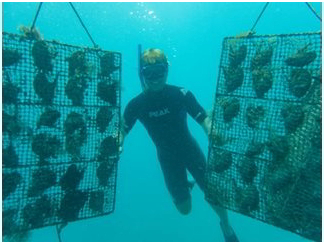
3. Australian Volunteer for International Development Tim Lucas, has been working with MAFF and ACIAR on the Pearl Project since February. Tim free dives down to the lines of Fafa Island to retrieve mature oysters for implanting.
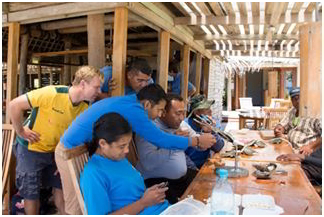
4. Pranesh Kishore, ACIAR Pearl Project Scientist, travelled to Tonga from Fiji to deliver workshops for the pearl farmers on the correct technique for implanting nuclei inside the oyster.
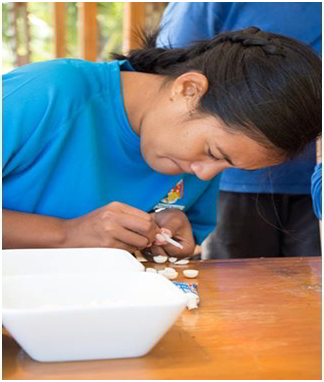
5. An adhesive is first applied to the nuclei that will be implanted in the oyster.

